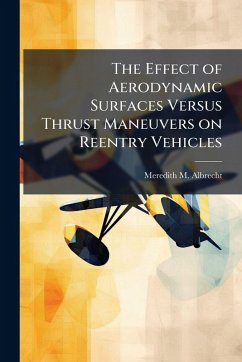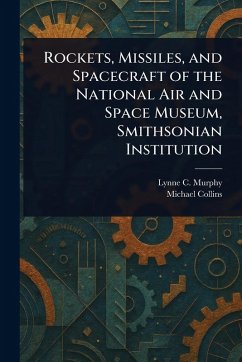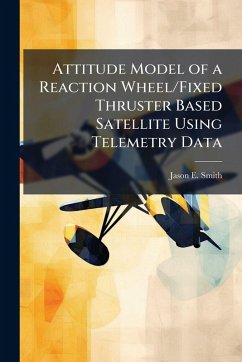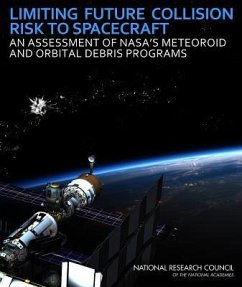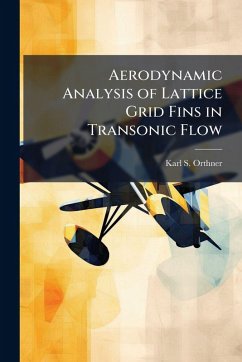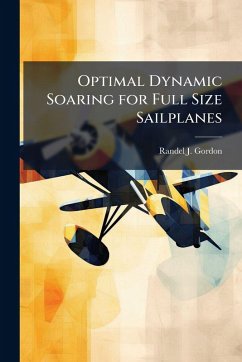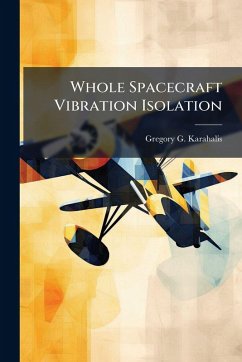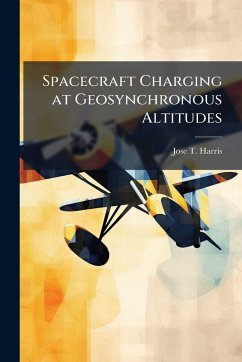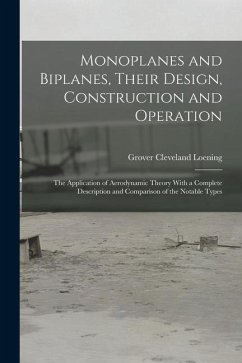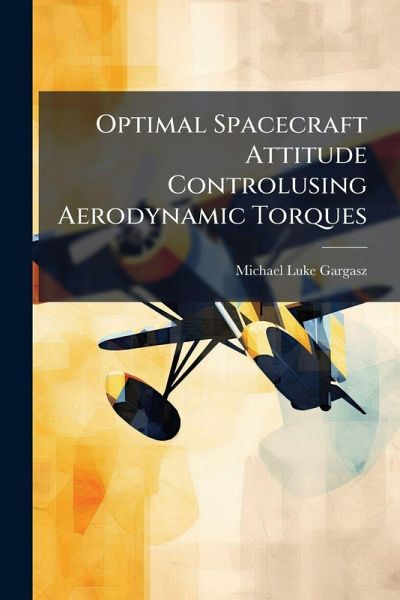
Optimal Spacecraft Attitude Controlusing Aerodynamic Torques
Versandkostenfrei!
Versandfertig in über 4 Wochen
16,99 €
inkl. MwSt.
Weitere Ausgaben:

PAYBACK Punkte
8 °P sammeln!
This thesis introduces a method of three-axis spacecraft attitude control using only aerodynamic torques. Attitude actuation is achieved using four control panels mounted on the rear of a cubical spacecraft bus. The controller consists of an outer loop using linear state feedback to determine desired control torque and an inner loop to choose appropriate control panel angles. The inner loop uses a Jacobian-based approachto invert the nonlinear relationship between panel angles and generated torque. Controller performance is evaluated via simulations, which show that three-axis control is possi...
This thesis introduces a method of three-axis spacecraft attitude control using only aerodynamic torques. Attitude actuation is achieved using four control panels mounted on the rear of a cubical spacecraft bus. The controller consists of an outer loop using linear state feedback to determine desired control torque and an inner loop to choose appropriate control panel angles. The inner loop uses a Jacobian-based approachto invert the nonlinear relationship between panel angles and generated torque. Controller performance is evaluated via simulations, which show that three-axis control is possible over a range of initial angles and angular rates. The analysis used partial accommodation theory as the basis for aerodynamic torque calculations and assumed a rotating atmosphere with an exponential density profile. This work has been selected by scholars as being culturally important, and is part of the knowledge base of civilization as we know it. This work was reproduced from the original artifact, and remains as true to the original work as possible. Therefore, you will see the original copyright references, library stamps (as most of these works have been housed in our most important libraries around the world), and other notations in the work. This work is in the public domain in the United States of America, and possibly other nations. Within the United States, you may freely copy and distribute this work, as no entity (individual or corporate) has a copyright on the body of the work. As a reproduction of a historical artifact, this work may contain missing or blurred pages, poor pictures, errant marks, etc. Scholars believe, and we concur, that this work is important enough to be preserved, reproduced, and made generally available to the public. We appreciate your support of the preservation process, and thank you for being an important part of keeping this knowledge alive and relevant.




